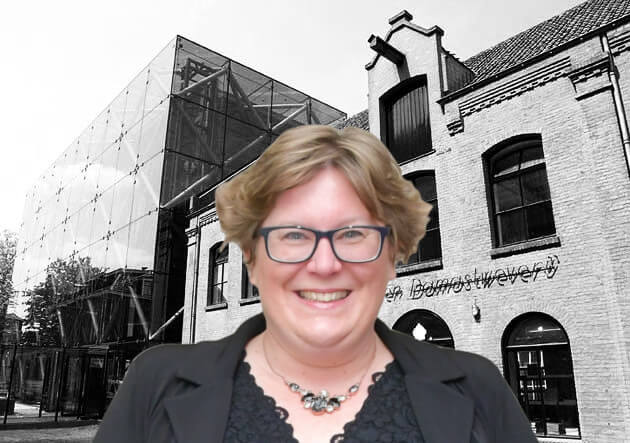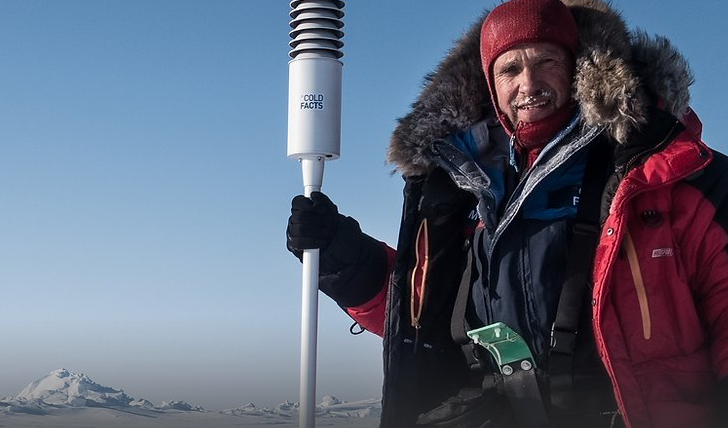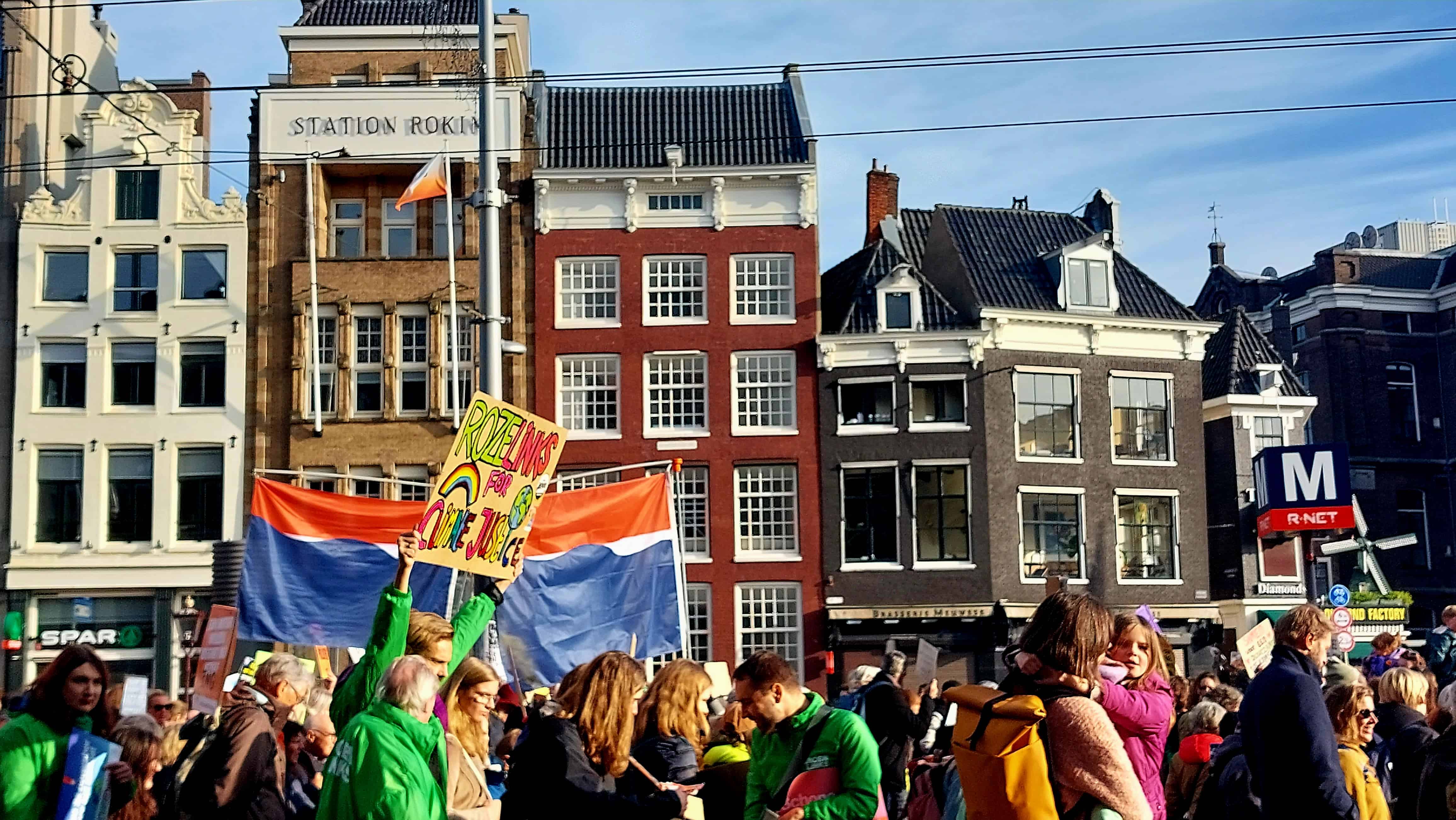
Last weekend I demonstrated with my 12-year-old daughter for more climate justice. Along with 85,000 others, we walked Climate March in Amsterdam. Among the demonstrators were remarkably many children and elderly people. Such a big difference in generations and yet fighting for the same cause, is magnificent! I enjoyed the motley company around me.
Moral dilemma
I experienced the Climate March as one big warm bath of united people. That warm bath was embellished with the most fantastic demonstration signs; from “I like my fries hot, not my planet” to “Why do homework when you can also save the world” (the Greta Thunberg-inspired sign by my own bridge student). Together we sang demonstration songs and shouted “What do we want?
– Climate Justice – When do we want it? – NOW!” It reminded me of the Dutch Design Week a few weeks ago, where I, along with other scientists, got to organize the session ‘Climate Futures Now!” which also culminated in a mini-demonstration. It was the same warm bath of unanimity.
That warm bath suddenly turned ice cold when we arrived at the final destination of the Climate March: the podium on Museum Square. Because of the speakers on the stage, the attention was shifted from the climate issue to the misery in Palestine. The phrase about the river and the sea fell and a moral dilemma visibly arose among the massive audience on Museum Square: Do I still scan along with the group, as I have done for the past two hours, or do I now keep my silence? You don’t want to put words in your mouth that hurt others, but at the same time, you just roared out lyrics and songs in unison with all those same people around you. That moral dilemma caused a lot of people to do what people actually do when they don’t know what to do: run away. So did I and my daughter.
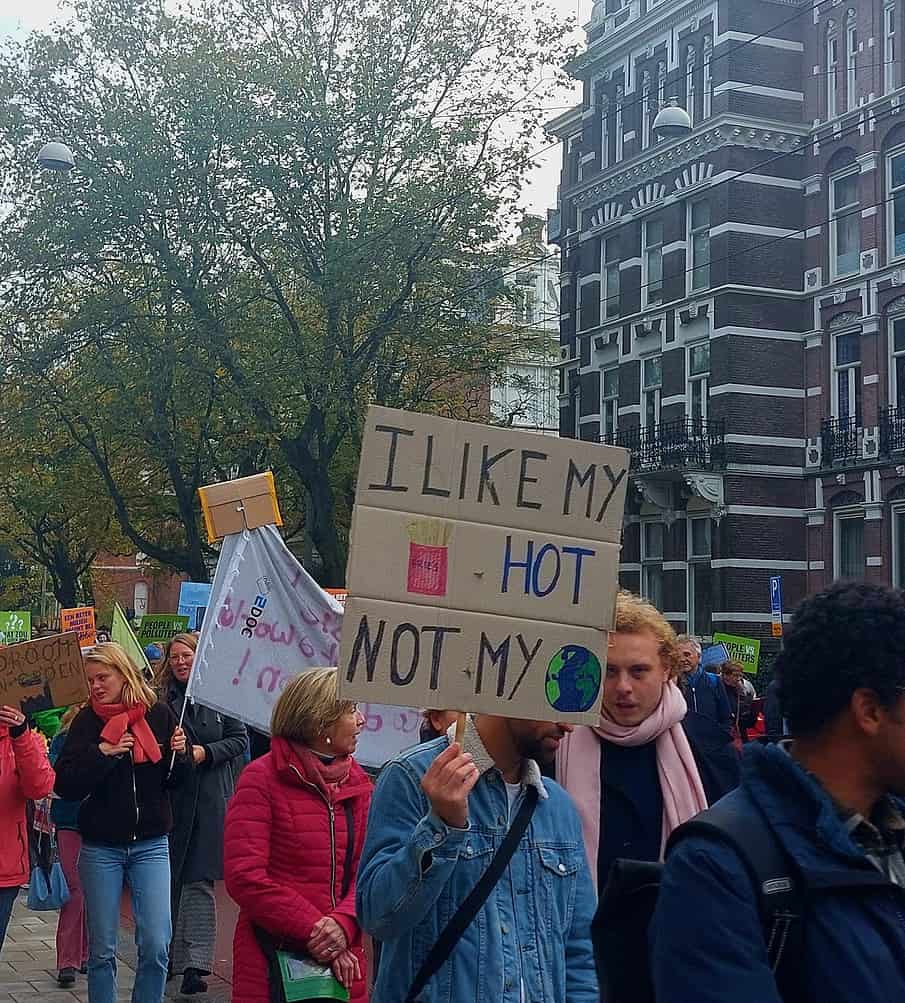
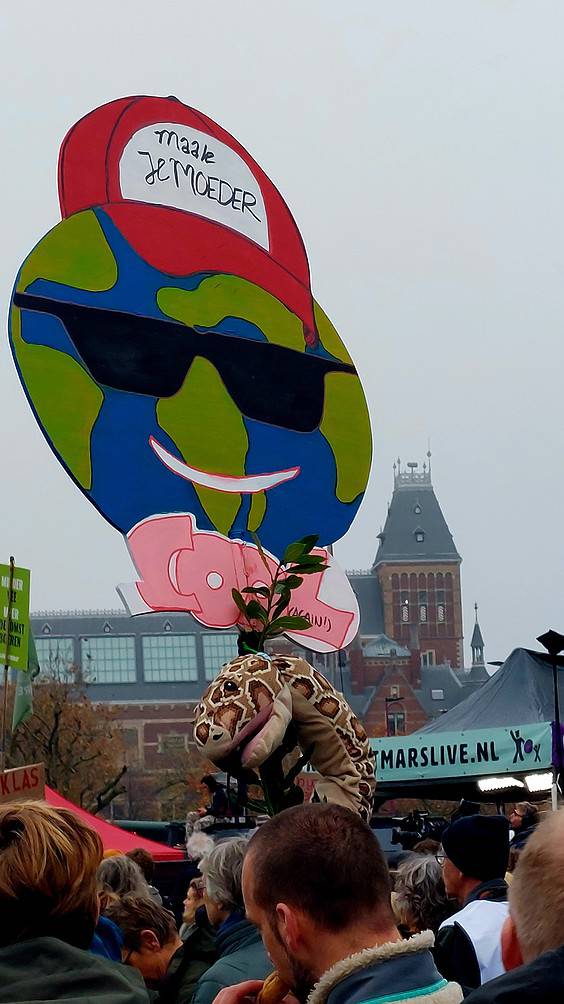
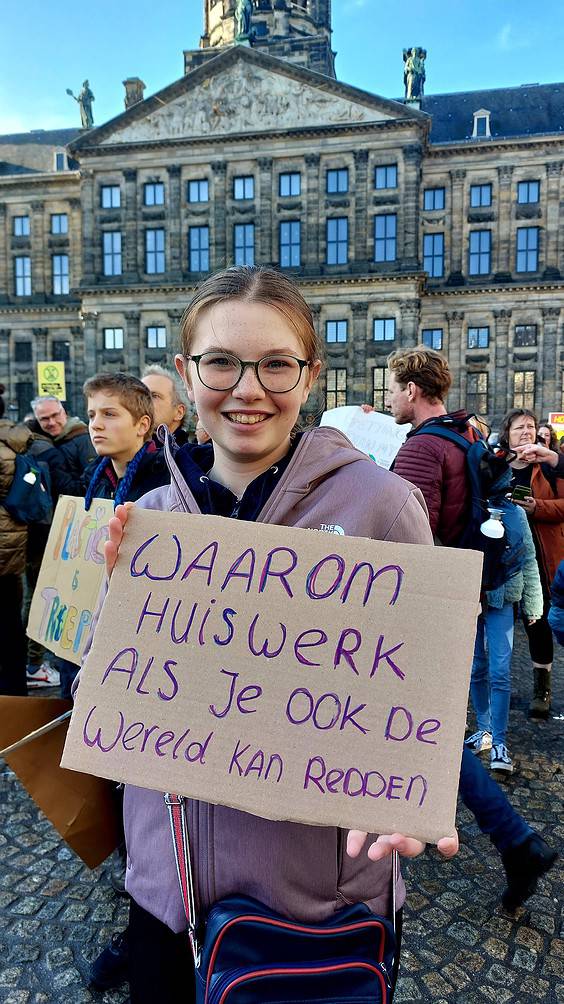
From universal to pluriversal
In the days that followed, I continued to reflect on this incident, which was accompanied by a cacophony of emotions. On the one hand proud of my daughter who demonstrated so fervently for a better future, on the other full of bewilderment at the 180-degree reversal of the atmosphere. What happened there exactly? For the past few months, I have been scientifically studying the pluriverse design paradigm and suddenly I realized that what I was witnessing here in practice is exactly what was there described in the science. The pluriverse design paradigm opposes the universal paradigm in which only one perspective or narrative prevails. The adherents of the pluriverse design paradigm say that the world actually consists of multiple worlds and that all of those worlds, with all their own perspectives and narratives, can and should be there. In the pluriverse design paradigm, the power lies in diversity, and mutual differences are seen as something to embrace and nurture. Adherents of the pluriverse design paradigm argue that the universal design paradigm leads to feelings of oppression and that forcing into one guiding narrative, consciously or unconsciously, is accompanied by resistance. It does not solve problems but rather makes problems worse.
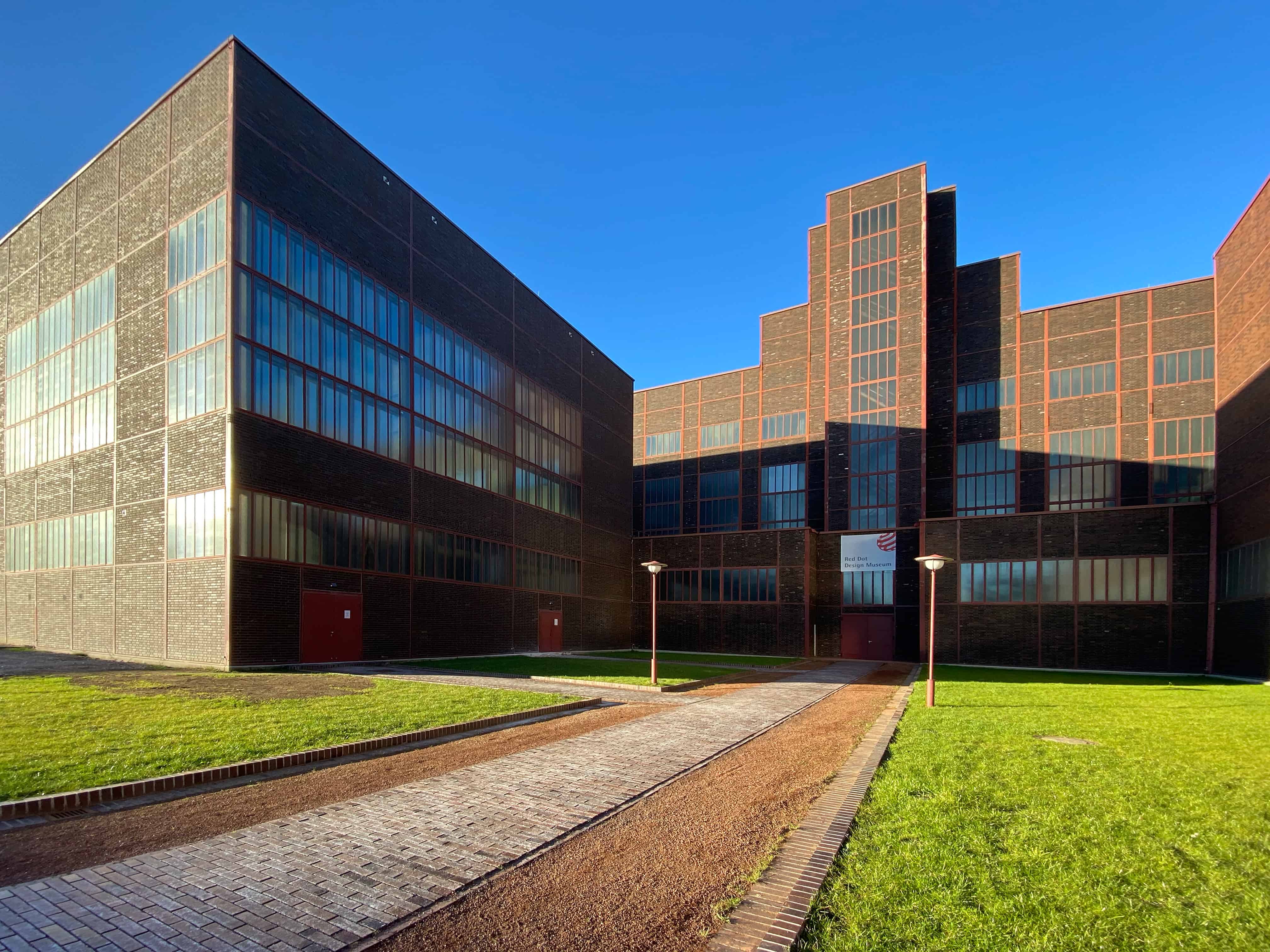
During the Climate March, all the protesters with all their differences were united. The strength of the demonstration was precisely in the diversity: from young to old, from right to left, from atheist to believer, from male to female. We were one big plurality. Things went wrong when the speakers on the stage of that unity tried to make a universal fist. One tried to impose a single guiding narrative, and that led to resistance. Again, it did not solve the problems, but rather it created division. When you try to turn unity into universality, you deny the existence of differences. That does not connect but rather polarizes.
In need of a connection
In recent months I have been reading studies by scientists from all over the world who are all committed to finding connection by embracing and nurturing differences. From New Zealand to Hawaii, scientists all over the world, through the pluriverse design paradigm nurturing diversity and seeing connections between the different interests and stakeholders. They seek and find connection by embracing differences rather than misunderstanding them. I think that not only design science but actually everyone, from Climate March to politics, is ready for a pluralistic design paradigm.

